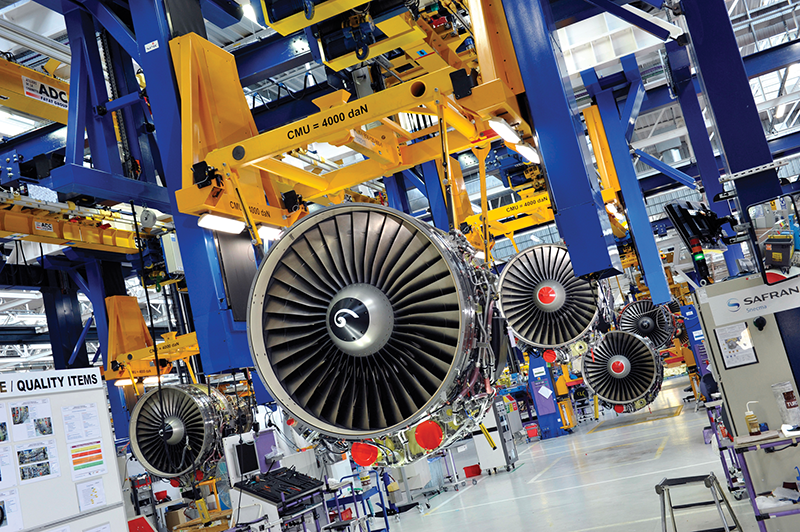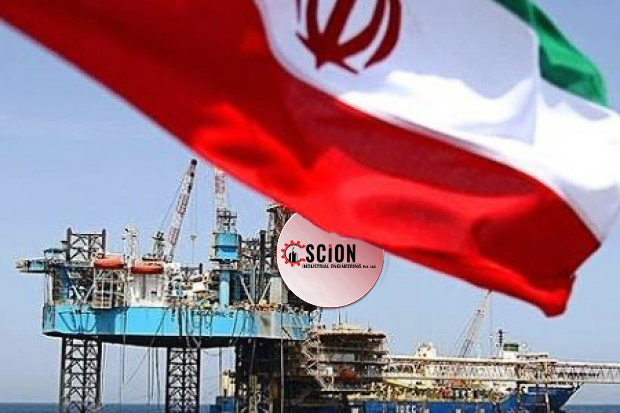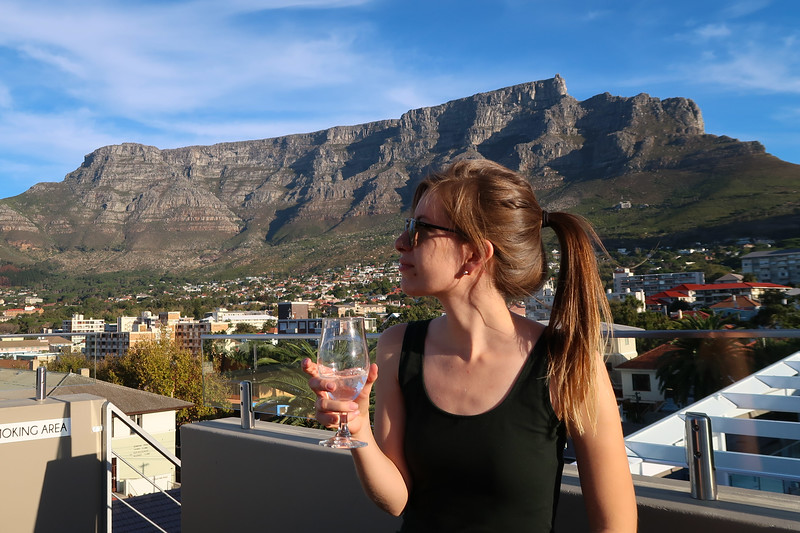The remaining members of the Joint Comprehensive Plan of Action (JCPOA) have said they will set up a new payment system to maintain business with Iran and bypass US sanctions.
The system, the details of which are still to be determined, would allow businesses to continue trading with Iran without using dollars.
The full text of the Joint Ministerial Statement follows:
1. A Ministerial Meeting of the E3/EU+2 (China, France, Germany, the Russian Federation and the United Kingdom, with the High Representative of the European Union for Foreign Affairs and Security Policy) and the Islamic Republic of Iran, the participants of the Joint Comprehensive Plan of Action, was held on 24 September 2018 in New York.
The participants considered ways forward to ensure the full and effective implementation of the JCPOA in all its aspects. They also took stock of the process of finding and operationalising practical solutions for issues arising from the unilateral withdrawal of the United States from the agreement and the re-imposition of sanctions lifted under the JCPOA and its Annex II, which they deeply regret.
2.The meeting was chaired by the EU High Representative Federica Mogherini and was attended by the E3+2 and Iran at the level of foreign ministers.
3.The JCPOA participants reconfirmed their commitment to its full and effective implementation in good faith and in a constructive atmosphere. They recalled that the JCPOA is a key element of the global non-proliferation architecture and a significant achievement of multilateral diplomacy endorsed unanimously by the UN Security Council through Resolution 2231.
4. The participants recognised that Iran has continued to fully and effectively implement its nuclear-related commitments, as confirmed by twelve consecutive reports by the International Atomic Energy Agency, and reiterated the need to continue to do so. Participants will continue to support the modernisation of the Arak research reactor as part of the JCPOA and the conversion of the Fordow facility in a nuclear, physics and technology centre. Participants also reaffirmed their support for projects in the area of civil nuclear co-operation on the basis of Annex III of the JCPOA.
5.The participants recognised that, alongside implementation by Iran of its nuclear-related commitments, the lifting of sanctions, including the economic dividends arising from it, constitutes an essential part of the JCPOA.
6. Participants underlined their determination to protect the freedom of their economic operators to pursue legitimate business with Iran, in full accordance with UN Security Council Resolution 2231.
7. The participants equally highlighted the extensive work and substantial progress undertaken to date, the intensification of technical dialogues, efforts to maintain and improve bilateral economic relations, and the mobilisation of considerable resources by all, including with third countries interested in supporting the JCPOA and in pursuing, in a timely and effective manner, the normalisation of trade and economic relations with Iran.
8. In this context, the participants welcomed the fact that updates to the EU’s “Blocking Statute” and the European Investment Bank’s external lending mandate to make Iran eligible entered into force on 7 August.
9. The participants re-affirmed their continued commitment to the objectives mentioned in the statement of the Ministerial Session of the Joint Commission of the JCPOA on 6 July 2018, in particular to pursue concrete and effective measures to secure payment channels with Iran, and the continuation of Iran’s export of oil and gas condensate, petroleum products and petrochemicals.
10. Mindful of the urgency and the need for tangible results, the participants welcomed practical proposals to maintain and develop payment channels, notably the initiative to establish a Special Purpose Vehicle, to facilitate payments related to Iran’s exports (including oil) and imports, which will assist and reassure economic operators pursuing legitimate business with Iran. The participants reaffirmed their strong will to support further work aimed at the operationalisation of such a Special Purpose Vehicle as well as continued engagement with regional and international partners.
11. The participants stressed their determination to support practical solutions concerning the above and agreed to keep progress under close review and to convene the Joint Commission, including at Ministerial level, as appropriate in order to advance common efforts.
12. The participants recalled that these initiatives are aimed at preserving the JCPOA which is in the international interest.








